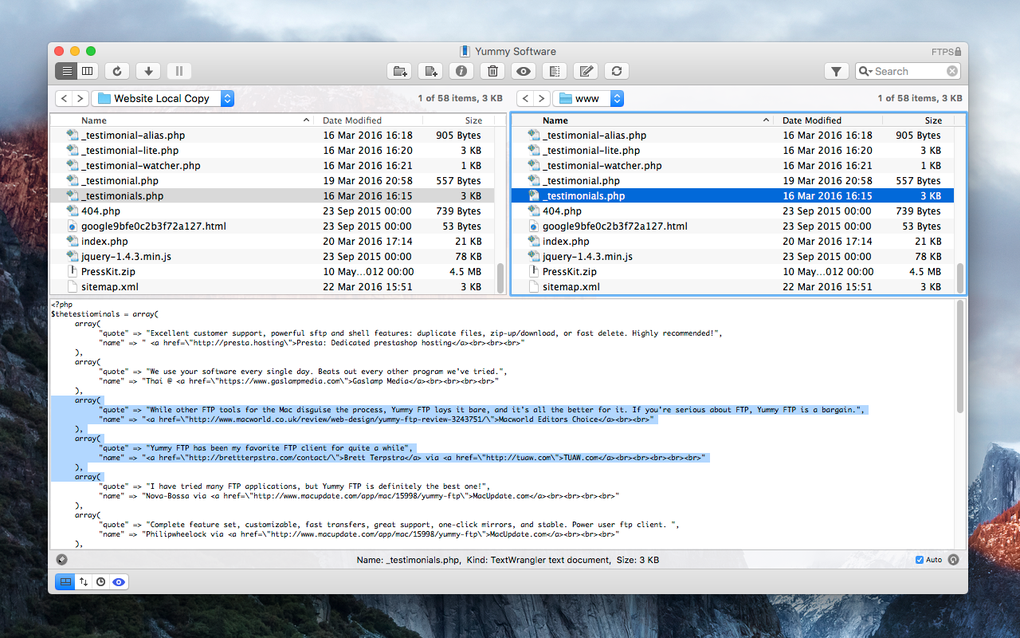
Getting to the Temp folder inside the Windows folder is a similar process: From here you can find and open the Temp folder.Look for a faded/transparent folder named AppData and open it.Now open the folder with your user name.Now double-click on your Windows hard drive, usually (C:), to open it.Open File Explorer by clicking on its icon or with the Win + E shortcut. Go to This PC if not not already on it.Now that you’ve made hidden folders visible, you can go to the Temp folder in your user folder: Find the Hidden files and folders entry and click on the bubble next to Show hidden files, folders and drives under it.Click on the View tab at the top of the File Explorer Options window.Open Windows Search by clicking on it or using the Win + S shortcut, begin typing “ File Explorer Options” and click on the entry named as such when it comes up.If in the past you’ve written a paper in Microsoft Word and had it close somehow before saving you may have had to find the temporary file to recover your progress.

Expanding on the first example, if a word processing program crashes while in use the incomplete text file can often be found in one of the temporary file folders. You may also want to access temporary files in order to restore data that would otherwise be lost. If you don’t want to delete these files manually there are both system and third party tools that help you do so automatically.

That’s why a common reason for accessing the temporary file folders is to delete the files manually. Sometimes temporary files will stick around for longer than you want them to and take up hard drive space.

Once that purpose has been fulfilled, Windows will eventually delete them.

In general they are files that are created by programs for a specific purpose and meant to be used for a limited amount of time or uses. There are many different types of files that can make up temporary files. Examples include unsaved text files, files extracted from installers and compressed files, video files from streaming websites and downloaded executable files that you “run” instead of “save”. Before going into how to access temporary files, let’s go over what they are and why you’d want to access them:


 0 kommentar(er)
0 kommentar(er)
